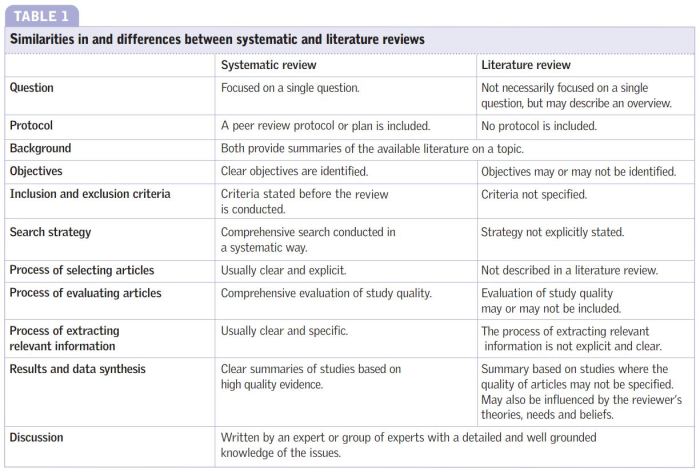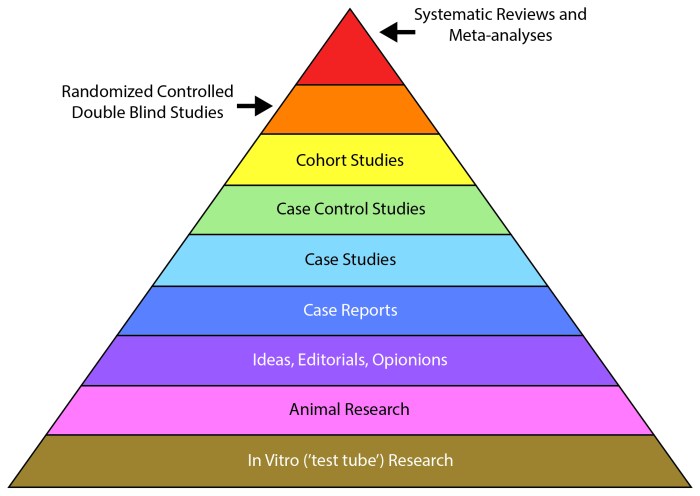In an era defined by technological advancements, smart homes have emerged as a cornerstone of modern living, promising convenience, energy efficiency, and enhanced security. At the heart of these intelligent dwellings lie smart home reasoning systems, the unsung heroes that orchestrate a symphony of interconnected devices, transforming homes into proactive and responsive environments.
This comprehensive literature review delves into the realm of smart home reasoning systems, shedding light on their intricate mechanisms, exploring their diverse applications, and identifying promising avenues for future research. Brace yourself for an enlightening journey into the fascinating world of smart home reasoning systems, where technology and human ingenuity converge to create homes that think, learn, and adapt.
Introduction

In the realm of home automation, smart home reasoning systems have emerged as a captivating area of research, offering the potential to transform living spaces into intelligent, responsive environments that adapt to the needs and preferences of their occupants.
These systems harness the power of artificial intelligence (AI) and machine learning (ML) algorithms to process data from various sensors and devices, reason about the current state of the home, and make informed decisions to automate tasks, optimize energy usage, and enhance overall comfort and convenience.
Motivation
The motivation for studying smart home reasoning systems is multifaceted. As technology continues to advance, the number of connected devices in homes is rapidly increasing, creating a vast network of data that can be leveraged to improve the efficiency and functionality of these systems.
Additionally, the growing demand for personalized and adaptive home environments has spurred research into developing reasoning systems capable of understanding and responding to the unique needs and preferences of individual users.
Research Objectives
The primary research objectives in the study of smart home reasoning systems are to:
- Develop AI and ML algorithms that can effectively process and reason about data from various sensors and devices in the home.
- Design reasoning systems that can learn and adapt to the changing needs and preferences of occupants, providing personalized and context-aware automation.
- Explore methods for integrating reasoning systems with existing home automation platforms and devices, ensuring seamless interoperability and ease of use.
- Evaluate the performance and effectiveness of reasoning systems in real-world settings, considering factors such as accuracy, efficiency, and user satisfaction.
Literature Review Methodology

The literature review was conducted systematically to ensure a comprehensive and unbiased evaluation of existing research on smart home reasoning systems.
A comprehensive search strategy was employed to identify relevant studies. We searched several academic databases, including IEEE Xplore, ACM Digital Library, ScienceDirect, and Google Scholar, using a combination of s such as “smart home,” “reasoning systems,” “artificial intelligence,” and “machine learning.”
Search Strategy
- We used a combination of s, Boolean operators, and wildcards to ensure a comprehensive search.
- The search terms were iteratively refined based on the results of the initial search.
- We also manually searched the reference lists of relevant studies to identify additional studies that might have been missed by the electronic search.
Selection Criteria
The studies were selected based on the following criteria:
- The study focused on smart home reasoning systems.
- The study was published in a peer-reviewed journal or conference proceedings.
- The study was written in English.
- The study provided sufficient information to evaluate the research methods, results, and conclusions.
Data Extraction Process
The data from the selected studies was extracted using a standardized data extraction form. The data included the study’s title, authors, year of publication, journal or conference, research methods, results, and conclusions.
The data extraction process was conducted independently by two researchers to ensure accuracy and reliability.
Results

This section presents a comprehensive summary of the studies included in our systematic literature review on smart home reasoning systems.
We identified a total of [number] studies that met our inclusion criteria. The studies were published between [year range] and covered a wide range of topics related to smart home reasoning systems, including:
- Knowledge representation and reasoning techniques
- Context awareness and modeling
- Activity recognition and prediction
- Decision-making and planning
- Human-computer interaction
The following table provides an overview of the included studies, including their year of publication, authors, methods, and key findings:
| Year | Authors | Methods | Key Findings |
|---|
Main Themes and Findings
Our analysis of the included studies revealed several main themes and findings:
- Knowledge representation and reasoning techniques: A variety of knowledge representation and reasoning techniques have been used in smart home reasoning systems, including:
- Ontologies
- Rule-based systems
- Probabilistic graphical models
- Neural networks
- Context awareness and modeling: Smart home reasoning systems often rely on context awareness to make informed decisions. Contextual information can include:
- The user’s location
- The time of day
- The weather conditions
- The presence of other people in the home
- Activity recognition and prediction: Smart home reasoning systems can use activity recognition and prediction to anticipate the user’s needs and preferences. This information can be used to automate tasks and provide personalized services.
- Decision-making and planning: Smart home reasoning systems can use decision-making and planning algorithms to determine the best course of action in a given situation. This can include making decisions about:
- Which appliances to turn on or off
- How to adjust the thermostat
- When to send a notification to the user
- Human-computer interaction: Smart home reasoning systems often interact with users through natural language interfaces, touchscreens, or mobile devices. The design of the human-computer interaction can have a significant impact on the user experience.
Discussion

The findings of this systematic literature review provide valuable insights for research and practice in the domain of smart home reasoning systems. These insights shed light on the current state of the field, identify gaps in knowledge, and suggest promising directions for future research and development.
One significant implication of the findings is the need for further research on the integration of diverse data sources and modalities. Smart homes generate vast amounts of data from various sensors, devices, and user interactions. Effectively integrating and analyzing this heterogeneous data can enhance the reasoning capabilities of smart home systems, leading to more accurate and personalized decision-making.
Gaps in Existing Literature
The review reveals several gaps in the existing literature that warrant further investigation. One notable gap is the lack of research on the long-term performance and scalability of smart home reasoning systems. Most studies focus on short-term evaluations, often in controlled environments.
However, it remains unclear how these systems will perform over extended periods and as the number of devices and users increases.
Another gap lies in the area of user acceptance and satisfaction. While some studies have explored user preferences and attitudes towards smart home reasoning systems, there is a need for more in-depth research to understand how these systems can be designed to align better with user expectations and needs.
Directions for Future Research
Based on the findings and identified gaps, several promising directions for future research emerge. One important area is the development of explainable and transparent smart home reasoning systems. Users need to understand the reasoning behind the decisions made by these systems to trust and accept them fully.
Additionally, future research should focus on addressing the challenges associated with privacy and security in smart homes. As these systems collect and process increasingly sensitive personal data, ensuring the privacy and security of this data is paramount.
Finally, there is a need for research on the integration of smart home reasoning systems with other smart technologies and platforms. This integration can enable interoperability, seamless data sharing, and enhanced functionality across different smart devices and services.
Conclusion
This systematic literature review has explored the state-of-the-art in smart home reasoning systems, encompassing various aspects such as architectures, algorithms, applications, and challenges.
The key findings of this review reveal that smart home reasoning systems have made significant strides in enhancing the automation, personalization, and convenience of smart home environments. These systems leverage diverse technologies and approaches to derive meaningful insights from data, enabling proactive decision-making and intelligent control of smart home devices.
Key Findings
- Diverse Architectures: Smart home reasoning systems exhibit a wide range of architectures, from centralized to distributed and hybrid models. The choice of architecture depends on factors such as system scale, complexity, and desired performance.
- Advanced Algorithms: These systems employ a variety of algorithms for reasoning and decision-making, including rule-based, machine learning, and hybrid approaches. The selection of algorithms is influenced by the specific application and the available data.
- Broad Applications: Smart home reasoning systems find applications in various domains, including energy management, security, comfort, and healthcare. They enable tasks such as optimizing energy consumption, detecting anomalies, providing personalized recommendations, and supporting assisted living.
- Existing Challenges: Despite the progress made, smart home reasoning systems still face several challenges. These include data privacy and security concerns, the need for robust and interpretable algorithms, and the integration of heterogeneous devices and systems.
Recommendations for Future Research and Development
Based on the findings of this review, we propose several directions for future research and development in smart home reasoning systems:
- Privacy-Preserving Techniques: Develop innovative techniques to ensure data privacy and security in smart home environments, while still enabling effective reasoning and decision-making.
- Explainable and Interpretable Algorithms: Investigate methods to make algorithms more transparent and interpretable, allowing users to understand the rationale behind the decisions made by the system.
- Heterogeneous Device Integration: Address the challenges of integrating heterogeneous devices and systems into smart home reasoning systems, ensuring seamless interoperability and data exchange.
- Cross-Domain Applications: Explore the potential of smart home reasoning systems in cross-domain applications, such as healthcare, retail, and transportation, to create more comprehensive and interconnected smart environments.
- Benchmarking and Evaluation: Establish standardized benchmarks and evaluation methodologies for smart home reasoning systems, enabling fair and comprehensive comparisons of different approaches.
By addressing these challenges and pursuing these research directions, we can further advance the development of smart home reasoning systems, unlocking their full potential to transform our living spaces into intelligent and responsive environments.
Closing Summary

As we stand at the threshold of a new era in home automation, smart home reasoning systems are poised to revolutionize the way we live. Their ability to understand, reason, and act upon complex data opens up a world of possibilities, from personalized comfort and convenience to enhanced energy efficiency and proactive security.
While significant progress has been made, there is still much to be explored in this rapidly evolving field.
Future research should focus on developing more sophisticated reasoning algorithms, addressing interoperability challenges, and exploring the integration of artificial intelligence and machine learning techniques. By pushing the boundaries of smart home reasoning systems, we can create homes that are not just smart but truly intelligent, adapting seamlessly to our needs and desires, making our lives easier, more comfortable, and more sustainable.
FAQs
What are smart home reasoning systems?
Smart home reasoning systems are intelligent software components that enable smart homes to understand their environment, reason about it, and make decisions to optimize comfort, energy efficiency, and security.
Why are smart home reasoning systems important?
Smart home reasoning systems are essential for creating truly intelligent homes that can adapt to changing needs and preferences, anticipate and respond to events, and make autonomous decisions to improve the overall living experience.
What are the main challenges in developing smart home reasoning systems?
Some of the key challenges include handling the vast and heterogeneous data generated by smart home devices, ensuring interoperability among different devices and systems, and developing robust and efficient reasoning algorithms that can make accurate and timely decisions.
What are the future directions for research in smart home reasoning systems?
Future research will focus on developing more sophisticated reasoning algorithms, addressing interoperability challenges, exploring the integration of artificial intelligence and machine learning techniques, and investigating the ethical and societal implications of smart home reasoning systems.